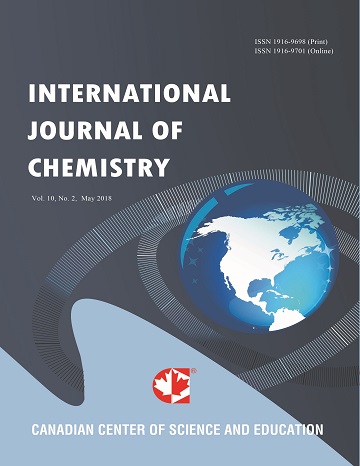Cs-137 in Sand and Seawater Samples from Piraquara Beach, Brazil: Discharge site of effluents from the Angra dos Reis Nuclear Power Plants
- Maurilio Menezes
- Cassia Turci
- Joao Medeiros
Abstract
This study presents the Cs-137 radionuclide concentration and activity in sand profile and seawater samples from Piraquara Beach (PB) and from an adjacent small stretch of sand used as a beach. Both sites are located near the discharge point for cooling water and liquid effluents from the Almirante Álvaro Alberto Nuclear Power Station (CNAAA) in Brazil. The chemical composition of the sand samples was determined by granulometric analysis, elemental chemical characterization, and X-ray diffraction (XRD). Mineral sorbents for the Cs-137 radionuclide were found close to the discharge point. The presence of Cs-137 radionuclides in sand and seawater samples was determined by gamma spectrometry analysis, which was also used for seawater samples after absorption by ammonium phosphomolybdate (APM). The Cs-137 radionuclide activity measurements were lower than the minimum detectable activity (MDA): sand < 0.31 Bq.kg-1, direct analysis of seawater < 0.42 Bq.L-1, and seawater with APM < 0.004 Bq.L-1. The aim of this study was to measure the amount of the Cs-137 radionuclide in the deeper layers of PB. A determination of radioactive exposure to individuals was not performed because the result values were lower than the MDA values. Our results indicate that the study site shows no contamination by the Cs-137 radionuclide.
- Full Text:
 PDF
PDF
- DOI:10.5539/ijc.v6n4p60
Index
Contact
- Albert JohnEditorial Assistant
- ijc@ccsenet.org
